• India could become technologically capable of satellite-based quantum communication within the next 5 years, says Professor Bhaskar Kanseri of IIT-Delhi. • His team recently achieved quantum key distribution (QKD) over 1 km without using cables — the farthest such attempt in India.
What is Quantum?
Whether you know it or not, quantum physics touches our lives each day. Everything physical around us is made of matter, from the air we breathe to the water we drink—even our own bodies are made of matter. In its smallest measurable form, matter is made up of atoms. Within atoms are even smaller particles called electrons, protons, and neutrons—and protons and neutrons are made of even smaller units of matter called quarks.
Quantum physics is the study of these extremely small atomic particles and quarks. Quantum aims to understand the nature of energy and matter through these small particles in order to better understand the world around us and apply quantum theories to real-world technology solutions.
Applied quantum science is a foundational part of many components in many modern technologies, including cell phones and computers. In quantum computing, predictions are given in terms of probability, which allows us to find answers that traditional computers cannot provide.
What is Quantum Communication?
• It enables two parties to share “quantum keys” — secure codes made from photons (light particles). • Based on quantum mechanics, particularly quantum entanglement, where changes in one photon affect its pair instantly. • Any hacking attempt becomes immediately detectable, making it extremely secure.
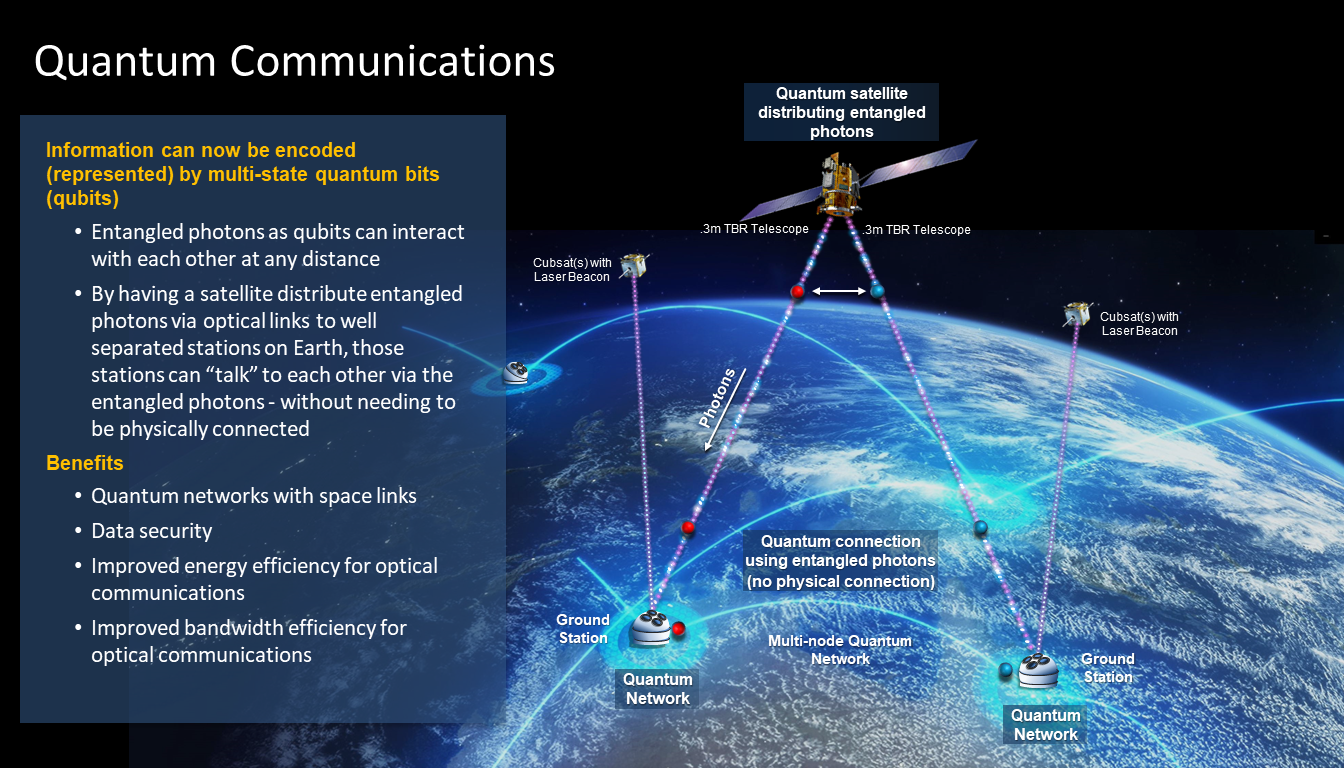
Free-Space vs Cable Transmission
• QKD can be done through fibre optic cables or through “free-space” (without cables). • Cable-based QKD is stable but becomes expensive and less feasible over long distances. • Free-space QKD using satellites is ideal for long-distance communication.
Challenges in Free-Space QKD
• Atmospheric disturbances (pollution, turbulence, airflow) affect photon transmission, especially in urban areas like Delhi. • These lead to higher error rates compared to cable-based systems. • Better beam control and signal optimisation can help reduce errors.
Global Comparison
• China successfully demonstrated satellite-based QKD nearly 10 years ago due to early investment in the 2000s. • In 2017 and 2020, Chinese researchers exchanged quantum keys between satellites and ground stations 1,000–1,700 km apart.
India’s Current Status
• IIT-Delhi’s experiments are at proof-of-concept stage with a small team of 4–5 students.
• Moving forward will require well-funded, multidisciplinary teams and active start-up involvement.
-
18/11/2025 || Prelims Edge & Mains iMpact

Prelims Edge 18-11-2025 Mains iMpact 18-11-2025
-
17/11/2025 || Prelims Edge & Mains iMpact

Prelims Edge 17-11-2025 Mains iMpact 17-11-2025
-
16/11/2025 || Prelims Edge & Mains iMpact

Prelims Edge 16-11-2025 Mains iMpact 16-11-2025
-
15/11/2025 || Prelims Edge & Mains iMpact

Prelims Edge 15-11-2025 Mains iMpact 15-11-2025
-
14/11/2025 || Prelims Edge & Mains iMpact

Prelims Edge 14-11-2025 Mains iMpact 14-11-2025
-
Threema encrypted messenger in terror probe and official use
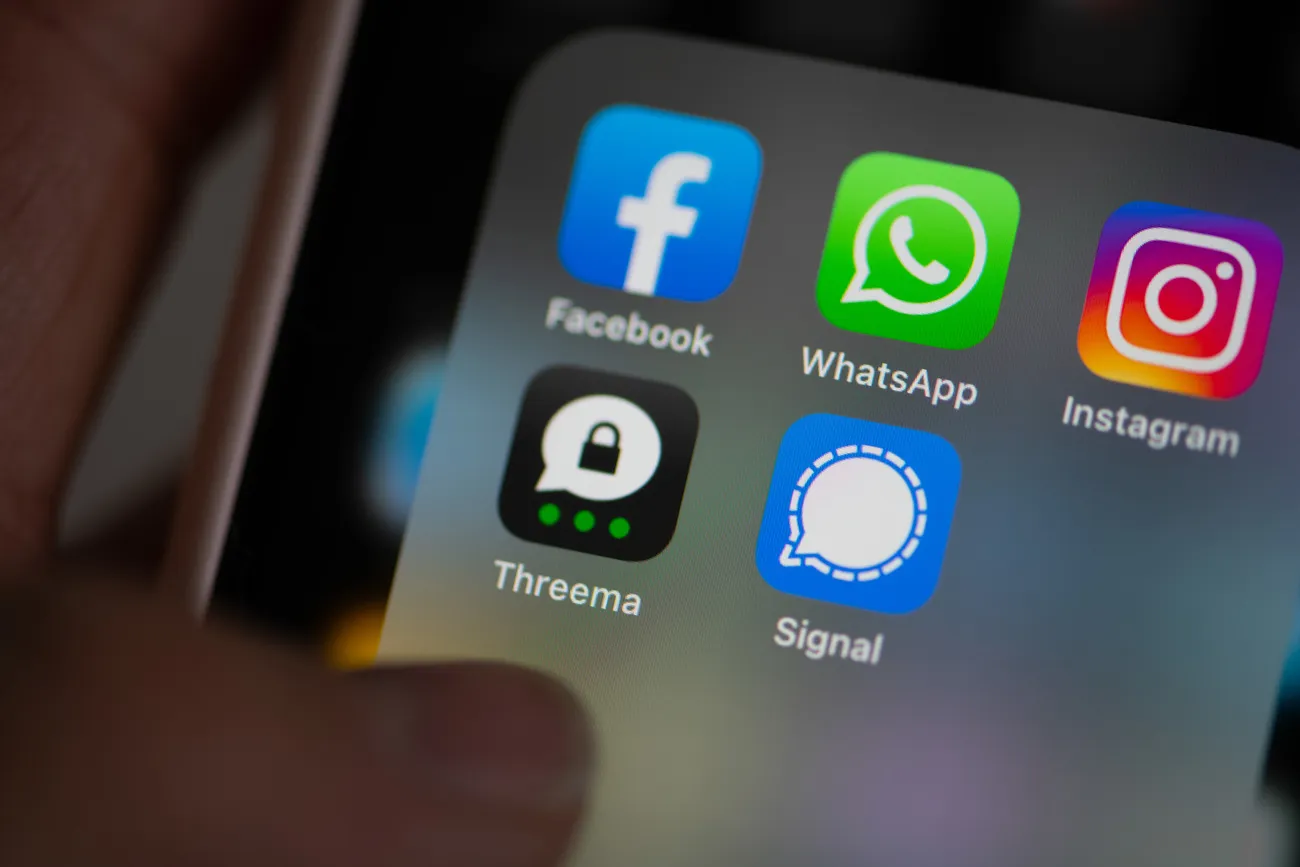
Context: The encrypted messaging application Threema has come under scrutiny by Indian investigative agencies following reports that the app was used by terror suspects to coordinate recent attacks, while simultaneously being reportedly used by some government officials for secure communication. …
-
Paris Agreement architecture and India’s Stand.
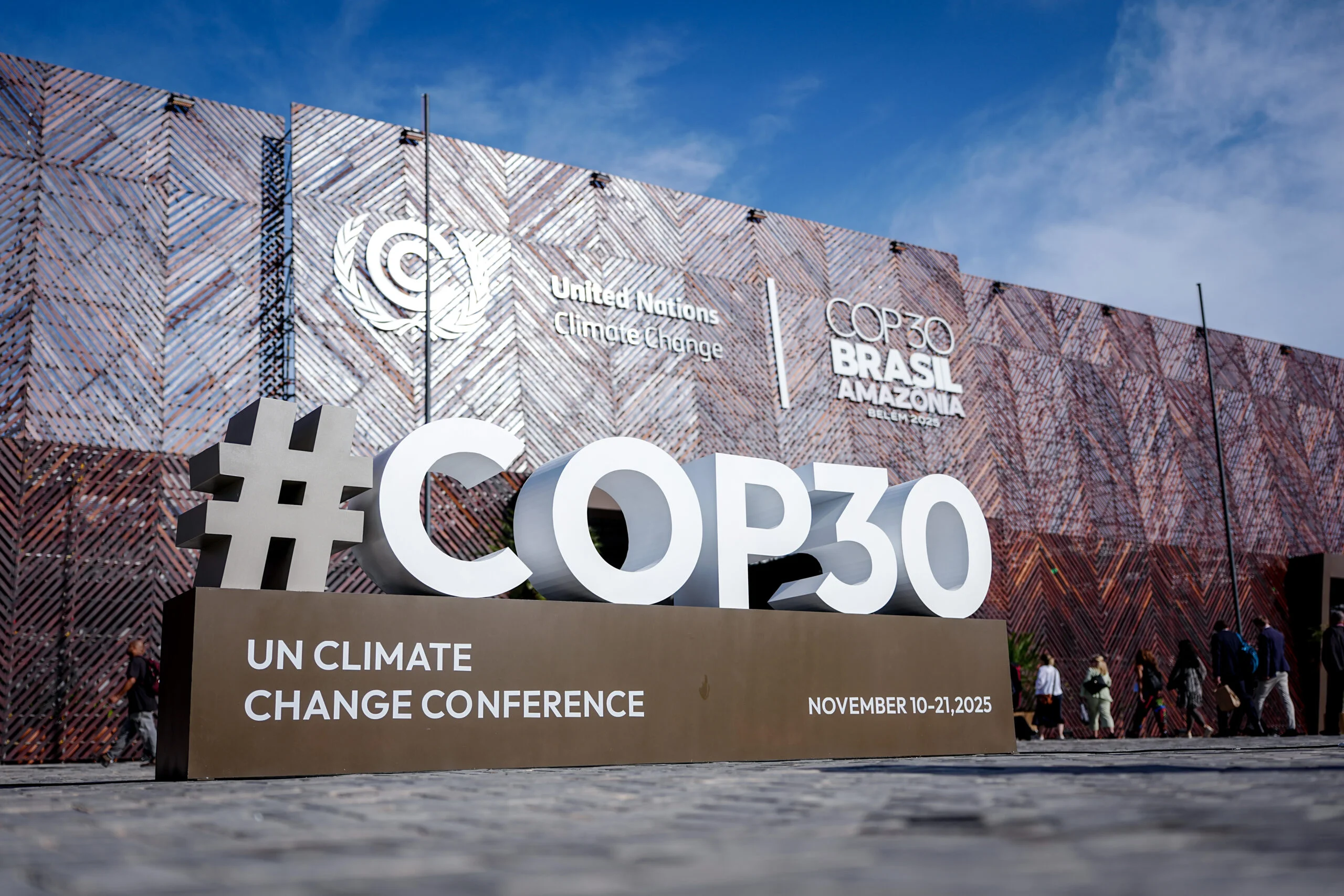
India’s main message Do not use COP30 to change the architecture of the Paris Agreement. Keep the existing balance among mitigation, adaptation and means of implementation, guided by equity and common but differentiated responsibilities and respective capabilities.
-
Why India is set to scale up its Neodymium production
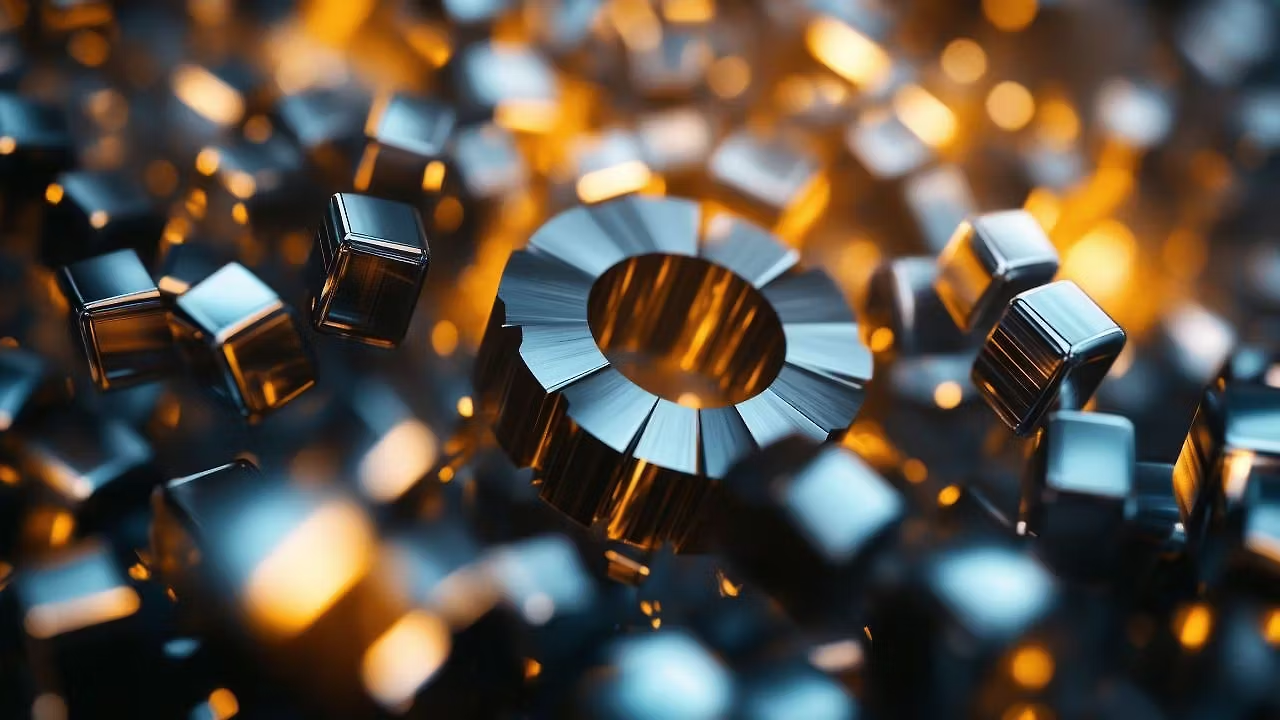
What is Neodymium? Key Uses of Neodymium India is set to scale up its neodymium production ninefold to 500 tonnes by the end of FY27, as part of an aggressive push to boost self-reliance in rare earth elements. The expansion …
-
What is La Nina and its impact on India in 2025.

What is La Nina? La Niña is a climate phenomenon characterized by cooler-than-normal sea surface temperatures in the central and eastern tropical Pacific Ocean and is part of the El Niño-Southern Oscillation (ENSO) cycle. Here are the key points explaining …
-
Centre Releases Draft Seeds Bill, 2025

Context: The Union Agriculture Ministry released the draft Seeds Bill, 2025, for public consultation, marking the third attempt by the government to replace the decades-old Seeds Act, 1966 and the Seeds (Control) Order, 1983, with a modern regulatory framework. Key …
-
Workplace stress and diabetes epidemic among Indian adults
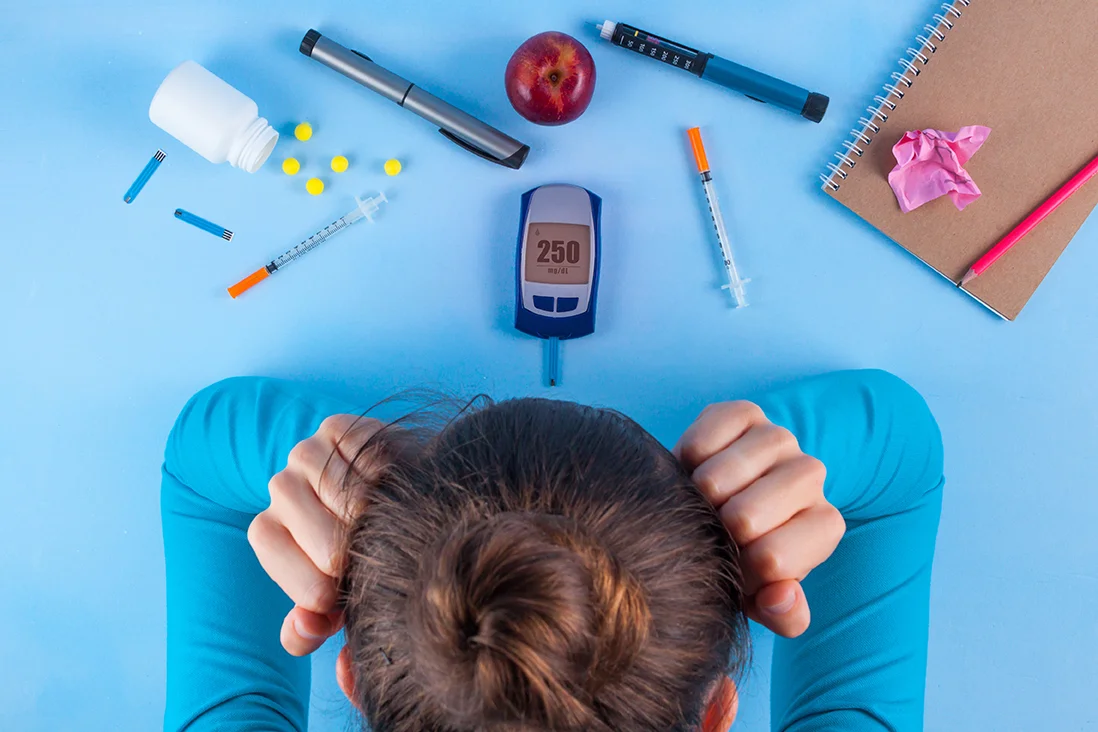
Context: On World Diabetes Day (November 14), clinicians highlighted the growing link between chronic workplace stress and the rising cases of Type 2 Diabetes Mellitus (T2DM) among younger working-age adults in India, particularly in sectors like tech, finance, and night …
-
13/11/2025 || Prelims Edge & Mains iMpact

Prelims Edge 13-11-2025 Mains iMpact 13-11-2025
-
12/11/2025 || Prelims Edge & Mains iMpact

Prelims Edge 12-11-2025 Mains iMpact 12-11-2025
-
11/11/2025 || Prelims Edge & Mains iMpact

Prelims Edge 11-11-2025 Mains iMpact 11-11-2025
-
10/11/2025 || Prelims Edge & Mains iMpact

Prelims Edge 10-11-2025 Mains iMpact 10-11-2025
-
09/11/2025 || Prelims Edge & Mains iMpact

Prelims Edge 09-11-2025 Mains iMpact 09-11-2025
-
08/11/2025 || Prelims Edge & Mains iMpact

Prelims Edge 08-11-2025 Mains iMpact 08-11-2025
-
07/11/2025 || Prelims Edge & Mains iMpact

Prelims Edge 07-11-2025 Mains iMpact 07-11-2025
-
06/11/2025 || Prelims Edge & Mains iMpact

Prelims Edge 06-11-2025 Mains iMpact 06-11-2025

